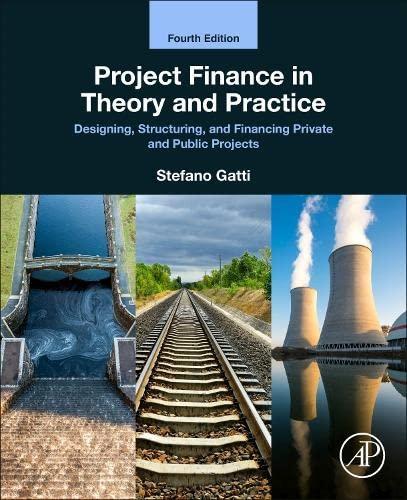15. Find the NPV for the following: Show your work Sakoulgte NPV 4.00% 200.00 Interest Rate Initial Investment Net Cash in Flows Yr1 Yr. 2 Yr3 60.00 80.00 P0.00 NPV 16. What is a Triple Net Lease? a 17. Name a common pitfall that commercial tenants should pay particular attention to when evaluating, Degotiating and reviewing a lease agreement. 18. Life-cycle costing sums the initial costs of an investment (less resale value) and several other costs expressed in present or annual value terms over a given study period. Name two other costs that would be included 19. Define Mortgage Loan: 20 The discount (interest) rate that makes NPV equal to zero is known as the 21. Explain the following on an invoice: 2/10, Net 30. 22. Multiple Choice: Treasury bonds are also called government bonds. They are issued by the Federal government and are characterized as the a) safest bond, with the lowest interest rate. b) safest bond with the highest interest rate c) risky bond with the lowest interest rate d) risky bond with the highest interest rate Focus BO 7-01DNA 23. Which of the following characteristics differentiate capital projects from projects that can be expensed? a) Capital projects are large and can influence the balance sheet in a significant way. b) They are often multivear in costing and execution c) They are depreciable a) They are often highly visible, with high stakeholder interest. e) All of the above 24. Name a disadvantage to using the Payback Period 25. You have been asked to evaluate the purchase of a new machine. Machine A will cost 10,000 and Machine B will cost 11,000. Machine A will provide labor savings of $2,000 a year for 4 years. Machine B will provide labor savings of $4,000 a year for 4 years. The discount rate is 10%. See the present Value of $1 at compound interest: Periods 196 2% 395 49 5% 6% 7% 8% 9% 10% 1 0.9901 0.9804 0.9709 0.9615 0.9524 0.9434 0.9346 0.9259 0.9174 0.9091 0.9803 0.9612 0.9426 0.9246 0.9070 0.8900 0.8734 0.8573 0.8417 0.8264 3 0.9706 0.9423 0.9151 0.8890 0.8638 0.8396 0.8163 0.7938 0.7722 0.7513 0.9610 0.9238 0.8885 0.8548 0.8227 0.7921 0.7629 0.7330 0.7084 0.6830 5 09515 0.9057 0.8626 0.8219 0.7835 0.7473 0.7130 0.6806 0.6499 0.6209 4 2) Using the chart above, what is the total Present value factor? b) What is the NPV of investment A? c) What is the NPV of investment B2 d) Which investment should be adopted








